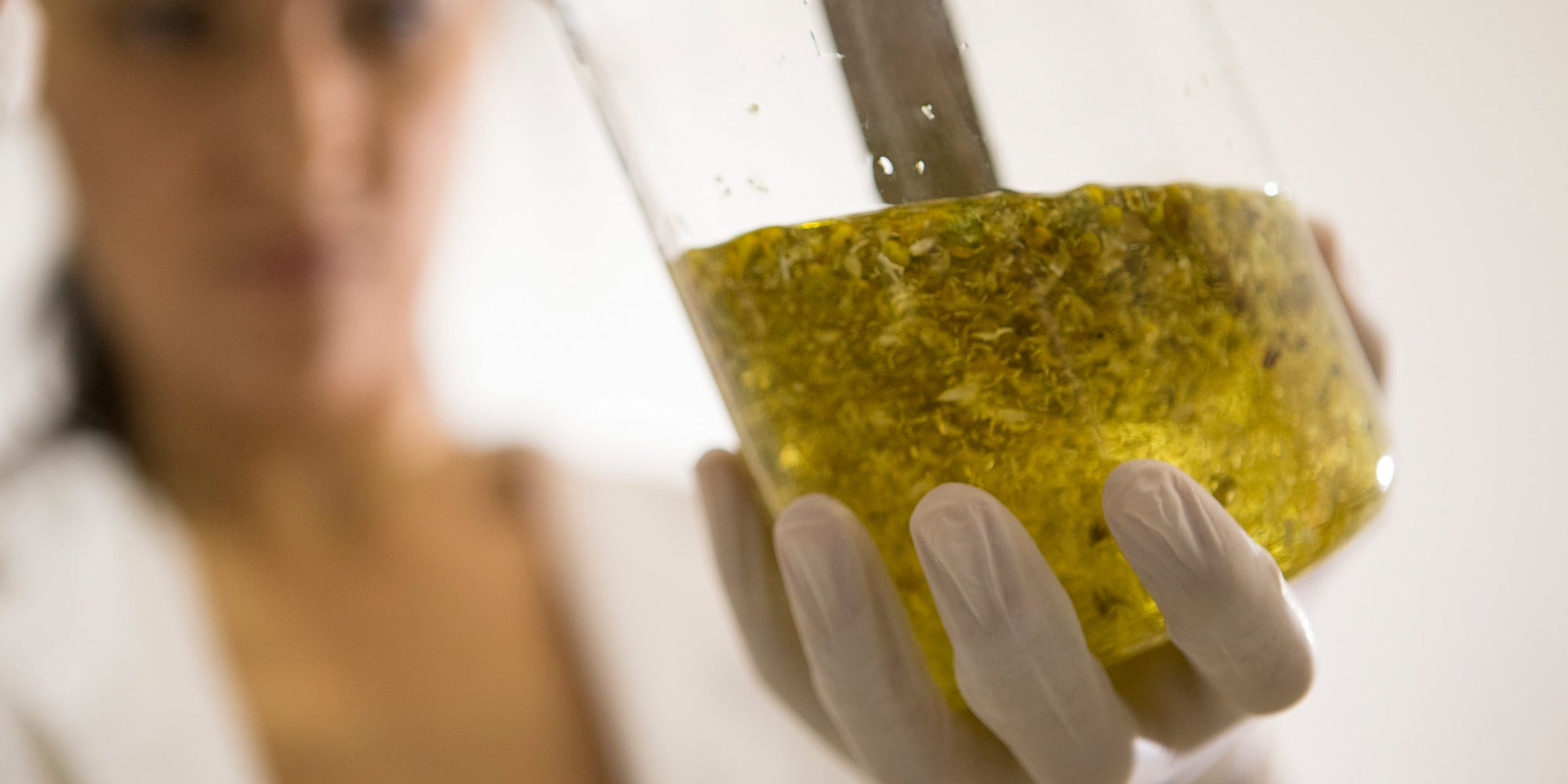CBD is a compound found in the cannabis plant and, to get the CBD out of the plant, many extraction methods are used, which can affect the quality of the finished product. Today I will guide you through the main ways CBD is extracted.
Hemp
In 2018, due to the Farm Bill, the definition of hemp was changed to cannabis containing less than 0.3% THC by dry weight and was therefore legalised in the United States. This stopped hemp from being a controlled substance, so the plant, and any of its extracts, is now legal. Hemp has now become the main source of CBD oil extraction due to its high levels of CBD.
When hemp extraction happens, the active compounds in the plant materials are separated by a liquid passing through the plant materials. Then the cannabinoids, terpenes, and other plant compounds are extracted as oil and further refined before the final product is created.
Supercritical CO2 Extraction
CO2 extraction is commonly considered an excellent technique for extracting CBD. Carbon dioxide is placed under high pressure for this process, while maintaining a low temperature. The carbon dioxide is converted into a liquid due to the pressure, before flowing through the plant material with an extraction efficiency of up to 90%, rendering the resultant extract a highly concentrated, completely pure oil product.
This is an efficient process, however it requires specialized equipment and skilled operators. Therefore, the resultant oil costs are often higher for the customer but it helps to produce the best quality products.
Ethanol Extraction
Ethanol extraction is deemed a cheaper process than CO2 extraction, and is used by several companies because it can produce high-quality extracts. Nevertheless, after extraction, it may still need more experienced workers and extra processing.
This method uses an alcohol solvent, usually ethanol. The FDA generally considers ethanol to be safe, and it is often used as a food preservative and additive. It is a polar solvent, meaning it will combine with water and dissolve any soluble particles including cannabis compounds. The result is a dark-colored oil which gives a bitter and grassy taste.
Chlorophyll is one of the other chemicals extracted using ethanol, which can be separated from the oil through post-extraction filtering techniques, although some cannabinoids can also be removed, resulting in a lower quality CBD oil. Some ethanol extractors have found that cold temperatures will help with the extraction.
The outcome of this method can be very beneficial with a skilled worker, with some favouring it to CO2 extraction due to the quality.+ However, if the operator is not as experienced, mistakes are more common, with the likelihood of chemical contamination, or the risk of a substance of lower quality.
Hydrocarbon Extraction
Hydrocarbon extraction was an early process of extraction using a light hydrocarbon solvent, usually butane, propane or hexane, to remove the cannabis oil. These hydrocarbons boil at low temperatures, making the method of extracting CBD easy.
Though the method is cheap and easy, there are issues that might not make it ideal. The resultant product contains less terpenes and cannabinoids such as CBD, and a larger amount of THC. It can leave unsafe residue, which could interfere with any immune function. Because the extraction method has proven both hazardous and inefficient, it is now seldom used by CBD companies.
Lipid Extraction
This lesser-known form of extraction uses the fats (or' lipids') to absorb and capture cannabinoids. Sometimes, organic coconut oil is used for the process. This extraction does not involve the use of harsh solvents or CO2 but is still not a common method of extraction, but it is also used by some boutique companies.
Now you should know how CBD is extracted. Normally, CBD products would use CO2 or ethanol extraction, but other extraction methods may be used. Have a nice day!








